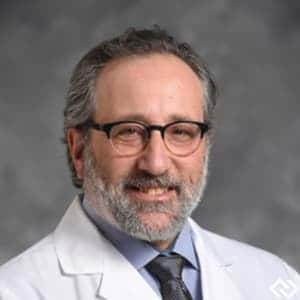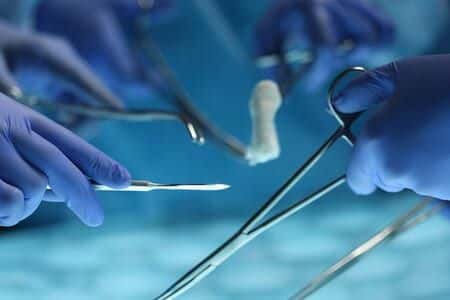Expert in Myomectomy Comments on Cyst Removal
Updated on
When a woman passed away during her myomectomy procedure, a surgeon familiar with myosure techniques to cut ovarian cysts was needed to comment on relevant standards of care. The myomectomy had been performed in order to remove cysts from the patient’s uterus without affecting her chance of pregnancy, and had been administered in conjunction with a lap ovarian cystectomy and dilation and curettage to remove tissue. During the procedure, the surgeon allegedly re-inserted the hysteroscope, a thin, lighted tube used to better visualize the uterus. However, a postoperative CT scan revealed that air had entered the patient’s femoral vein, and she suffered an air emboli which rapidly restricted her blood supply and caused her to pass away. The use of myosure to insert a tissue-cutting instrument was brought into question, as was the versapoint resectoscope that had been employed during the surgery.
Question(s) For Expert Witness
1. Please describe your familiarity and frequency of use with the myosure and versapoint resectoscope systems.
2. Have you encountered this complication in your own patients? What is the etiology?
Expert Witness Response E-090801
 Our service uses both of these hysteroscopic modalities on a regular, daily basis. My own case load will range from 2 to 6 cases weekly of either myosure or RF energy resectopic surgery. The health system I work for has a very active robotic case load in multiple specialties and is one of the progenitors of high volume robotic surgery historically. I have two days weekly where I have robotic block times, performing high acuity endometriosis, fibroid and pelvic floor cases, which is usually 4 times weekly. The service as a whole performs on average 400 cases yearly between the various faculty. I have actually written several exam questions on cases similar to this one, as well as related issues of insufflation as part of the working group at AAGL (the American Association of Laparoscopic Surgeons) developing a credentialing examination for minimally invasive surgeons. This is a rare event that probably occurs in a setting of prolonged insufflation at high pressure or in the face of intravascular placement of an insufflation source, such as a Veress needle, retroperitoneal location of a trocar infusing CO2 gas, or similar confluence of circumstances. Prolonged intra-abdominal pressures at 20 mmHg or greater during laparoscopy is not recommended due to this theoretical concern. The event can also be idiopathic, arising spontaneously for unknown causes.
Our service uses both of these hysteroscopic modalities on a regular, daily basis. My own case load will range from 2 to 6 cases weekly of either myosure or RF energy resectopic surgery. The health system I work for has a very active robotic case load in multiple specialties and is one of the progenitors of high volume robotic surgery historically. I have two days weekly where I have robotic block times, performing high acuity endometriosis, fibroid and pelvic floor cases, which is usually 4 times weekly. The service as a whole performs on average 400 cases yearly between the various faculty. I have actually written several exam questions on cases similar to this one, as well as related issues of insufflation as part of the working group at AAGL (the American Association of Laparoscopic Surgeons) developing a credentialing examination for minimally invasive surgeons. This is a rare event that probably occurs in a setting of prolonged insufflation at high pressure or in the face of intravascular placement of an insufflation source, such as a Veress needle, retroperitoneal location of a trocar infusing CO2 gas, or similar confluence of circumstances. Prolonged intra-abdominal pressures at 20 mmHg or greater during laparoscopy is not recommended due to this theoretical concern. The event can also be idiopathic, arising spontaneously for unknown causes.
Subscribe to our newsletter
Join our newsletter to stay up to date on legal news, insights and product updates from Expert Institute.
Sign up nowFind an expert witness near you
What State is your case in?
Subscribe to our newsletter
Join our newsletter to stay up to date on legal news, insights and product updates from Expert Institute.


